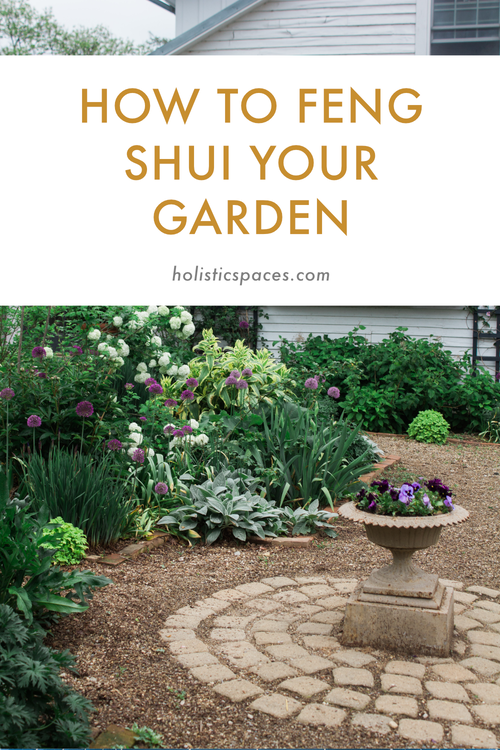Could doing feng shui the wrong way bring the opposite effect?
Thank you for your question! First, there really is no wrong way to practice feng shui. A lot of times people like to lump things into “good feng shui” or “bad feng shui,” but it’s a lot more complex than that. The right feng shui for you depends on your situation and your space. People also tend to worry about doing things wrong, but I don’t take a fear-based approach to feng shui. The most important thing is your intention.
One thing that I wouldn’t suggest is doing a feng shui cure just because you heard it recommended for someone else. It will probably not be very effective because the advice was based on the other person’s situation, and not really what you needed. Likewise, don't tell someone else what to do for their feng shui if you haven't studied it. You can be your own test subject.
In general, I suggest that you don’t try to do something that you don’t understand. It’s similar to when people buy supplements without being guided by an expert on how to use them effectively. While they might not be harmful, they might not do anything useful either.
The things I share on my blog, podcast, book, and social media accounts is more general feng shui advice. When Laura and I work with our feng shui students, or when I work with clients one-on-one, I share a lot of secret cures and much more personalized advice. If there’s something specific you’d like to work on, I’d recommend working with a practitioner so that they can share cures that are more specific to your situation. It's always best to work with someone that knows what they're doing! They’ll be able to share a lot of things you won’t be able to find on a blog or social media post. Our Practical Feng Shui classes are also a great way to get personalized advice.
by Anjie Cho
Thanks for reading our "Q&A Sunday". We will be answering questions submitted by our readers. Click here to submit any Feng Shui questions!
If you’d like to learn more about feng shui, check out Mindful Design Feng Shui School at: www.mindfuldesignschool.com






